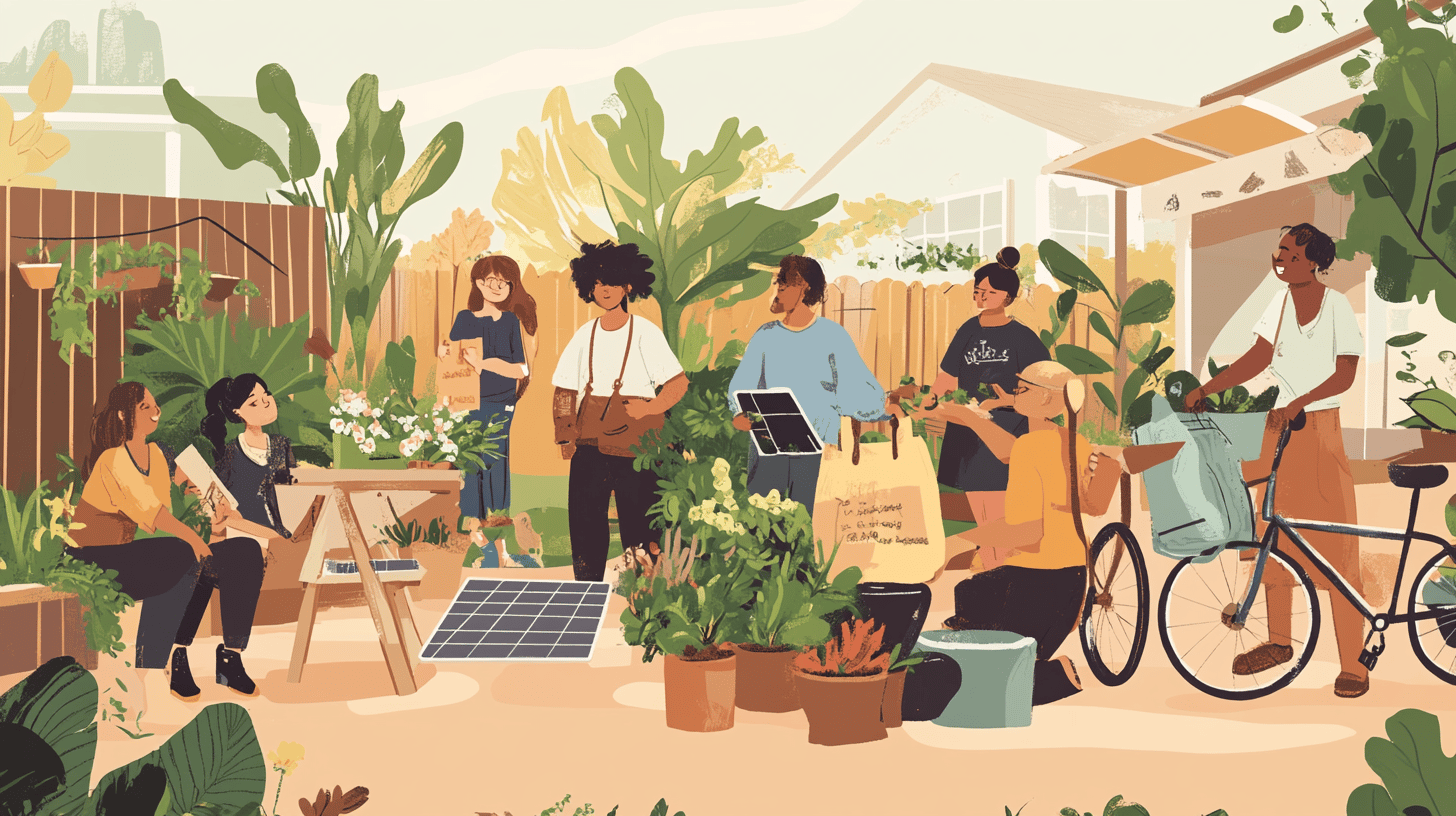Sustainability is a growing concern around the world, and for many, adopting a more sustainable lifestyle has become a priority. In 2023, sustainable solutions and practices are more accessible than ever, and small changes can have a big impact. In this post, we’ll explore 10 practical tips for living sustainably and contributing to a healthier planet.
1. Reduce the use of disposable plastics
Single-use plastics are one of the biggest culprits of pollution. They take hundreds of years to decompose, and most of them end up in oceans and landfills. One effective way to reduce your plastic use is to always carry a reusable bag with you when you leave the house. Also, swap out plastic bottles for reusable water bottles and metal straws.
2. Adopt a vegetarian or vegan diet
Meat production is one of the largest sources of greenhouse gas emissions. Considering a plant-based diet not only helps the environment, but it can also benefit your health. Start gradually by including more meatless meals throughout the week.
3. Consume local and seasonal products
Buying food from local, seasonal producers not only supports the local economy, but also reduces the carbon footprint associated with food transportation. Visit farmers markets and discover fresh produce that you can incorporate into your diet.
4. Save energy at home
Energy efficiency is an easy way to reduce your environmental impact. Replace incandescent bulbs with LEDs, unplug appliances when not in use, and consider investing in appliances with an A energy efficiency rating. Also, take advantage of natural light whenever possible and keep doors and windows closed when the air conditioning is on.
5. Reduce, reuse and recycle
The sustainability mantra – ‘reduce, reuse and recycle’ – should be a goal in your daily life. Reduce what you consume, reuse packaging and products whenever possible and finally, recycle correctly. Learn about your city’s recycling practices and be aware of what can and cannot be recycled.
6. Invest in sustainable transport
Transportation is a major source of pollution. Whenever possible, choose to walk, cycle or use public transportation. If you must drive, consider an electric or hybrid vehicle, which emit fewer pollutants than conventional cars.
7. Create a garden or vegetable patch at home
Growing your own fruits and vegetables is a great way to connect with nature and reduce the need for packaged products. If you don’t have a backyard, start a small vegetable garden in containers. Not only is it a relaxing activity, but you’ll have fresh, organic food at your fingertips.
8. Reduce water consumption
Saving water is essential for sustainability. Adopt simple habits like fixing leaks quickly, taking shorter showers, and using rainwater harvesting systems to water plants. Often, small changes to your daily routine can result in significant water savings.
9. Dispose of waste correctly
Knowing how to dispose of items such as electronics and batteries is vital to minimizing pollution. Many cities offer collection points for these hazardous materials. Check the options available in your area and be aware of what constitutes safe disposal.
10. Educate yourself and share knowledge about sustainability
Finally, education is a powerful tool for promoting sustainability. Read books, watch documentaries, and attend workshops on environmental issues. Share what you learn with friends and family. The more people are informed, the greater the collective impact.
Conclusion
Adopting a sustainable lifestyle doesn’t have to be a daunting or expensive task. These 10 practical tips can be easily incorporated into your routine and will contribute to a healthier planet. Start with one change at a time and inspire those around you to do the same. The future of our planet depends on the actions of each and every one of us. If you enjoyed this post, don’t forget to share it with friends and family and leave a comment below with your own sustainability tips!


